Email marketing is incredibly valuable to businesses of any size regardless of industry. It has a greater reach than social media, where many factors affect how often posts and ads are shown to your followers.
Email marketing provides direct access to your most brand-committed customers:
- The people who have raised their hands and said they want to know more about you. Plus,
- It allows you to create a personal connection with your customers and build brand loyalty.
- Although social media is a good channel to publicize your project or brand, small business email marketing is often more effective in incentivizing purchases.
Email Marketing is permission-based which makes email unique among marketing channels. This means that you should only send email marketing communications to customers who have indicated that they want to receive them. This ensures that email messages reach an interested audience that is likely to convert. It can protect your business from potential breaches of legal restrictions in your region.
Here are the tips:
1. Prioritize your subject lines
First impressions are everything in marketing, and that goes double for email marketing. If you don’t get someone’s attention with the subject line of your email, it’s unlikely that person will open your message.
Some rules for creating a perfect subject line:
- Be short, quick, and get to the point
- add some urgency
- Strive to generate some emotion in the person reading
- Make sure the subject line is related to the content of your email
You should also avoid subject lines entirely in CAPITAL LETTERS, as these are more likely to get you into the spam box.
2. Automate your small business email marketing process
The automation of email marketing is the best solution. We know to send emails effectively when operating with a small staff and a limited budget.
Whether you are B2B or B2C, contacting 100 or 10,000 people, the right automation platform will be able to help you streamline your processes, segment your audience, and put your reporting data to use for insights to improve your conversions. All requiring less effort from you in the end.
There are many email marketing automation solutions, so start by finding the essential resources you need and how much you can afford. This will help you choose a platform that is a perfect fit for your small business.
3. Build your contact list organically
We understand the temptation to buy email addresses, especially when you’re trying to grow your list fast.
However, this strategy will reverse, making you more likely to be flagged as a fake address, uninterested, and spam sender by different email providers.
Take a better approach: Grow your strong and stable list of opt-in contacts (people who have authorized you to email them), Only meet people who want to hear and engage with your brand.
4. Segment your audience
As your prospects move through the sales funnel, their content needs, questions, and preferences will vary.
Divide your contact list to make sure you are reaching the right people with the right message. To ensure that your recipients receive more than they need and less of what they are not interested in.
In addition to targeting your contacts by the step in the funnel they’re in, you can also consider targeting by geographic location, job title, or industry all of which will help you target your audience in a more personalized way to increase your conversion rates.
5. Discover the optimal shipping frequency
There’s a sweet spot to set how often your email marketing contacts want to hear from you, and it’s up to you to find it.
Most brands send promotional emails 1-4 times a month. That amount depends on collecting data about your open rates and other conversion rates. Most of your subscribers don’t want super frequent emails, even if they like your brand.
Do some testing to determine what works for your small business, testing different frequencies to see which one offers the best opens, clicks, and conversion rates. Adjust how you manage your email campaigns based on your findings and continue to track the results.
6. Play with your campaign format
Your readers are busy. An email that is just a bunch of text on the page is unlikely to hold their attention for long, nor will it help you maintain engagement over time.
Instead, diversify your format by dividing the message with images, videos, borders, and buttons. Many email marketing automation platforms offer tons of creative email templates to choose from, letting you just fill in the gaps with your content.
7. Make Sure Your Call-To-Action Stands Out Among Your Small Business Email Marketing Competitors
Do you know what Call-To-Action (CTA or call-to-action) is? It is simply the most important part of your email. In every email you send, you should focus on an action you want your contacts to take. Usually clicking a link to buy a product, fill out a form, visit your website, etc.
That’s why you need to make sure that people see your CTA and that they understand what you are asking them to do.
Take AB Tests of different CTA placements, words, and styles to see what drives your subscribers the most conversion. Once you know what works, you can adapt it for future messages.
Conclusion
Implementing these simple strategies while setting up an email marketing campaign can be the difference between improving your business and wasting your time. Always use a quality email marketing service like we offer at Cloud Contact AI for the best possible results.
Share Your Message with an SMS Campaign Today!
We make it fast, easy, and affordable to send compliant SMS, Email, and Voice campaigns.
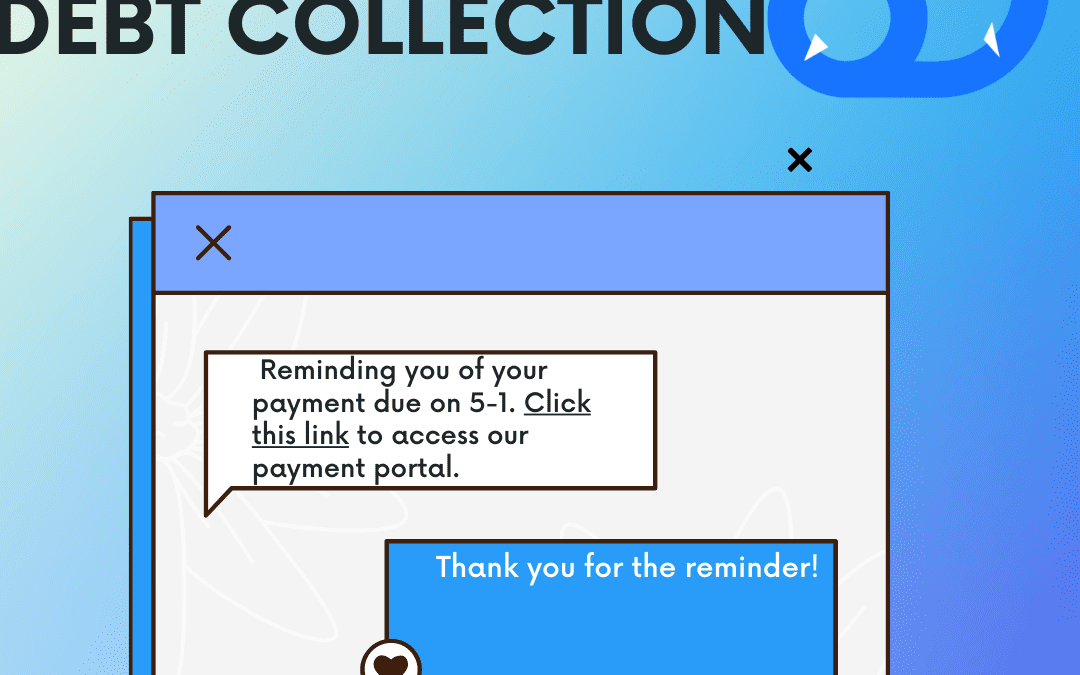
Debt Collection and SMS (Text Messaging) Regulation F explained
Regulation F is a comprehensive set of rules and guidelines issued by the Consumer Financial Protection Bureau (CFPB) with the primary objective of safeguarding consumers from abusive and unfair debt collection practices. It establishes clear guidelines for debt collectors on how they can communicate with consumers, ensuring transparency, fairness, and respect throughout the debt collection process. understanding Regulation F in the realm of debt collection is crucial.

The Future of Debt Collection: How AI and SMS are Driving Innovation
Debt collection, once burdened by inefficiencies and poor customer experiences, is undergoing a remarkable transformation through the power of artificial intelligence (AI) and SMS. The integration of AI algorithms and SMS communication channels is revolutionizing the industry, paving the way for a more effective and personalized debt collection strategy.

Sales Text Messages for Every Part of the Funnel
In today’s digital age, texting has become an increasingly popular mode of communication between businesses and their customers. With 90% of text messages being read within three minutes of delivery, it’s no surprise that text messages have become a valuable tool in the sales funnel.
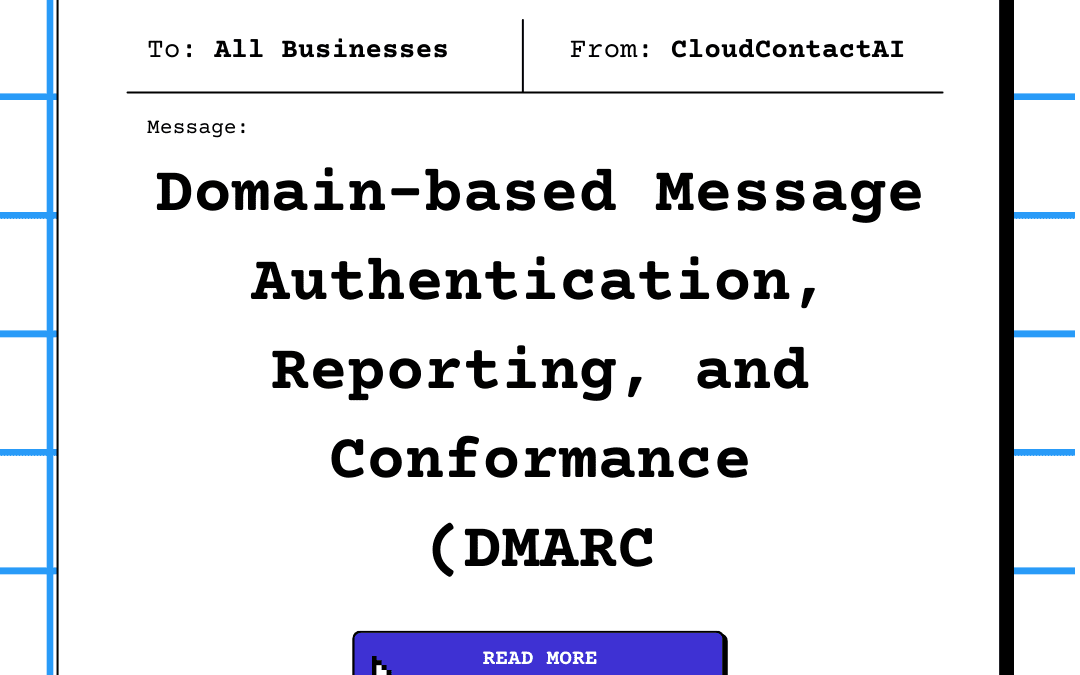
Emails Going to Spam? DMARC Explained
DMARC is a powerful email authentication protocol that provides numerous benefits for email domain owners, email receivers, and end-users. It improves email deliverability, protects against email spoofing and phishing attacks, provides visibility into email authentication failures, increases trust in email, and ensures compliance with industry standards.
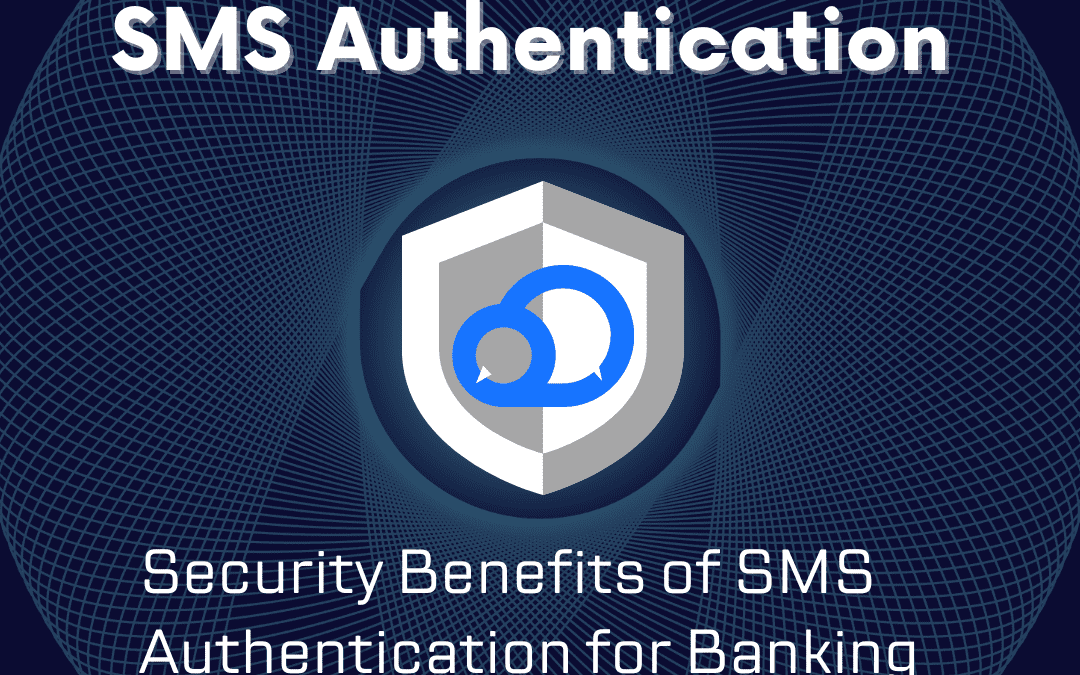
The Security Benefits of SMS Authentication in Banking
SMS authentication has quickly become a popular and widely used form of two-factor authentication. With an increasing number of cybersecurity threats and data breaches, banks are continuously looking for secure and efficient ways to protect their customers accounts. In this article, we will discuss the security benefits of SMS authentication for banking.
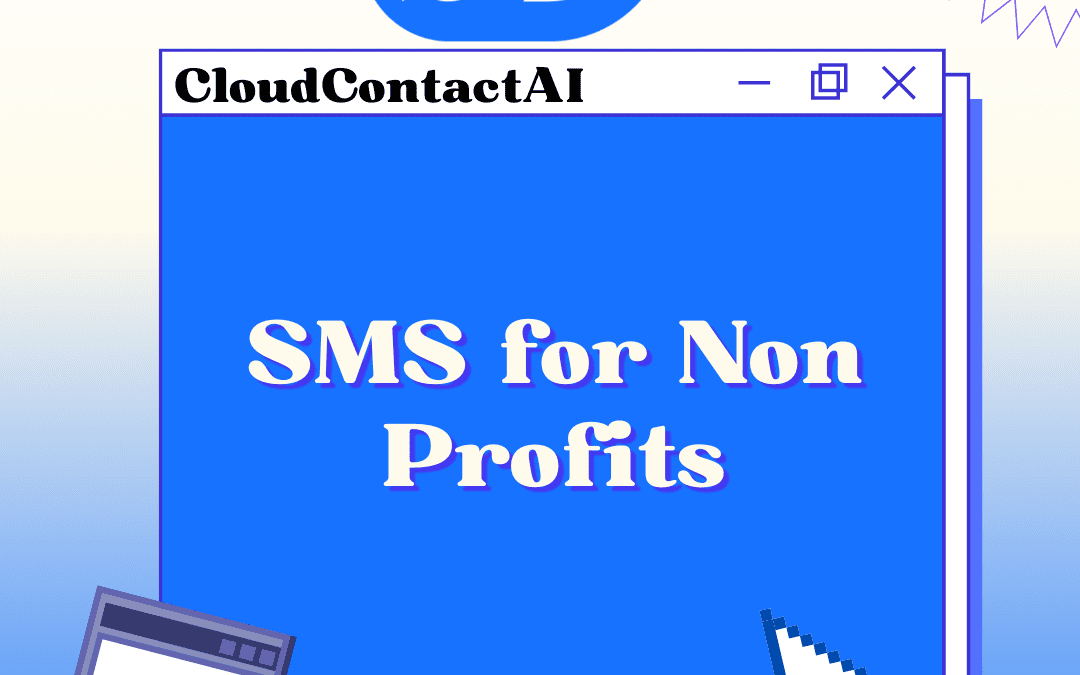
SMS Strategies for Non-Profit Organizations
When it comes to nonprofits, marketing might seem like an unorthodox approach to achieve your goals. Whether your nonprofit organizations mission is to help the needy, feed the hungry, care for animals or whatever else your mission may be. SMS marketing is an effective tool to help your nonprofit effectively increase your organizations awareness as well as operate more effectively.
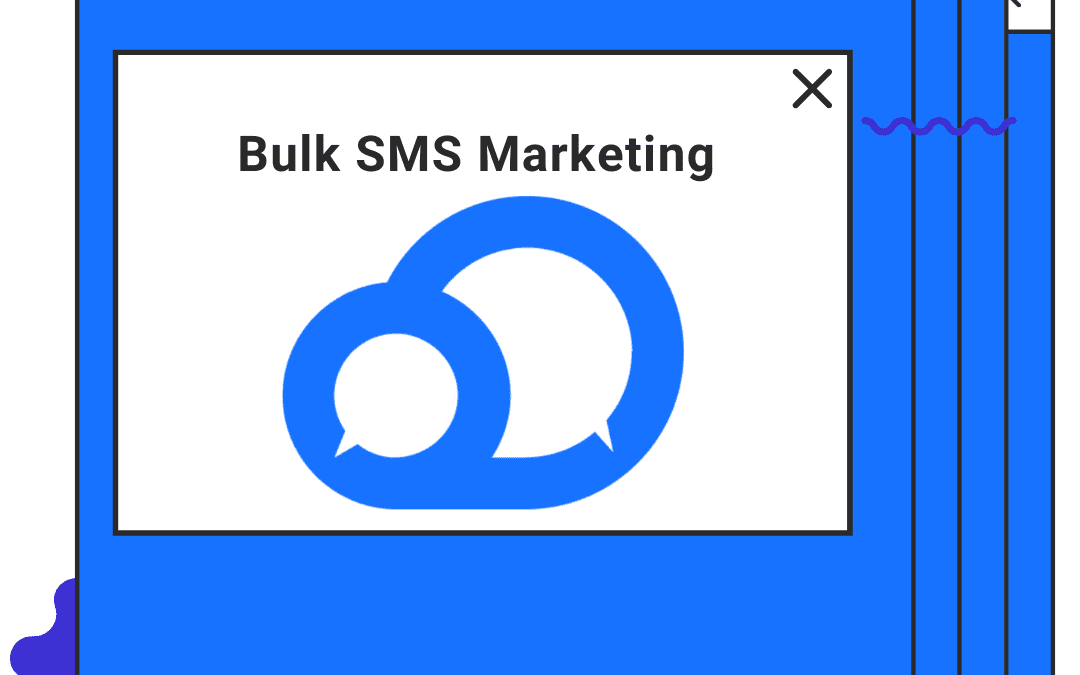
Bulk SMS Marketing: A Cost-Effective Way to Reach Your Audience
Bulk SMS marketing is a highly effective and cost-efficient way for businesses to engage with their customers, promote their products or services, and increase revenue. By sending personalized, targeted messages to a large audience, businesses can improve customer loyalty, engagement, and satisfaction, while also saving time and resources.
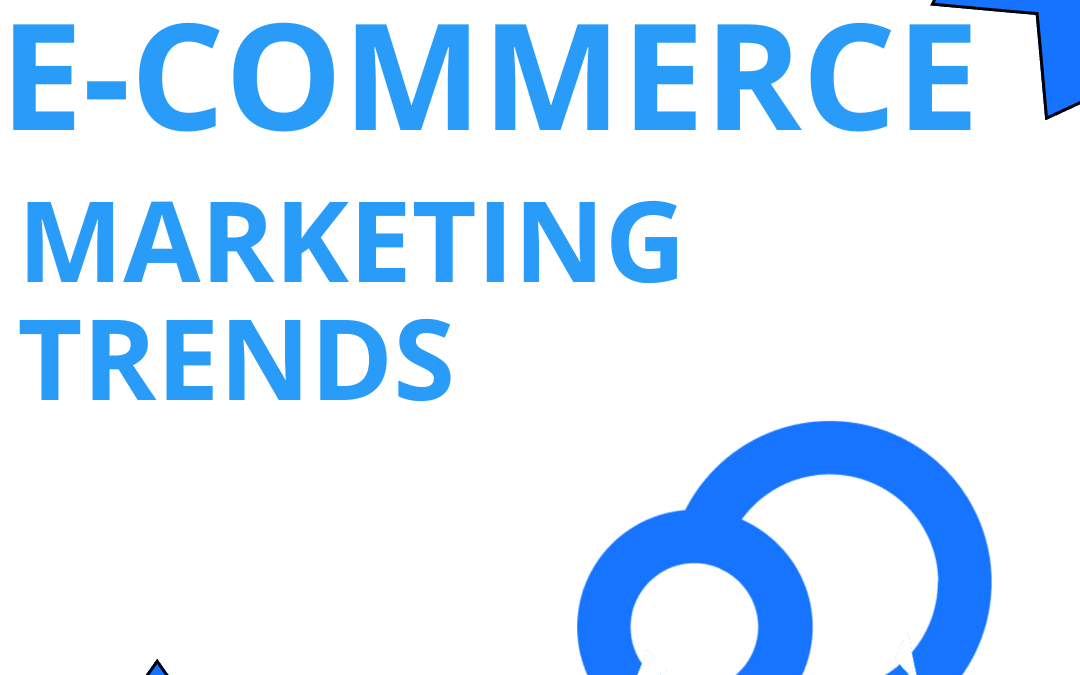
SMS Marketing Strategies for E-Commerce Businesses
In today’s digital age, e-commerce businesses are constantly seeking new and innovative ways to connect with their customers. One of the most effective strategies that has emerged in recent years is SMS marketing. By leveraging the power of text messaging, businesses can reach out to their customers in a way that is quick, convenient, and highly personalized.
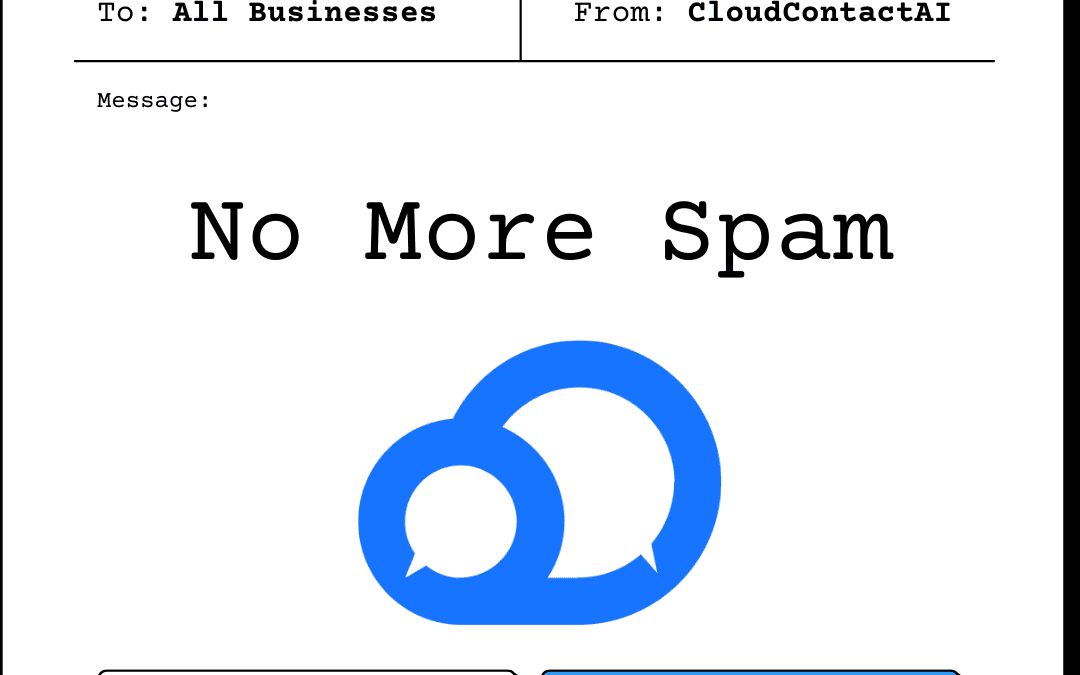
DKIM Explained – Stop Your Emails from Going to Spam!
Email spam is an ever-present threat that plagues email users worldwide. Unsolicited and unwanted emails can be frustrating and time-consuming, and in some cases, can even pose a security risk to the recipient. To combat spam, various email authentication methods have been developed, including DomainKeys Identified Mail (DKIM).

